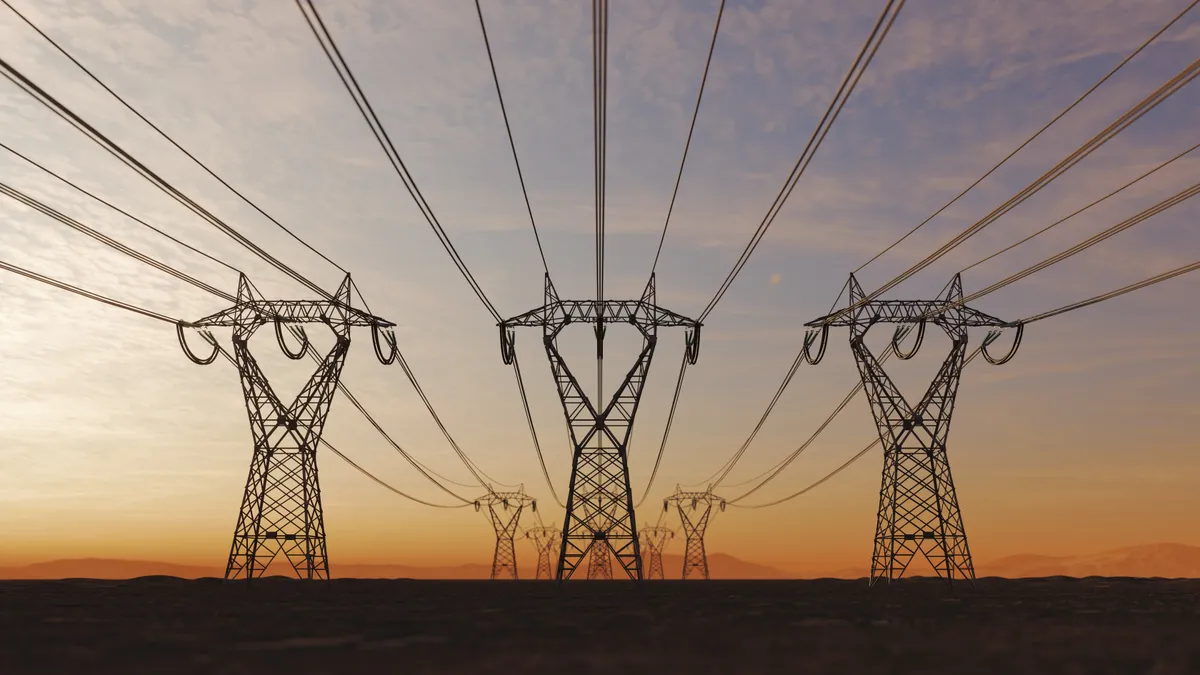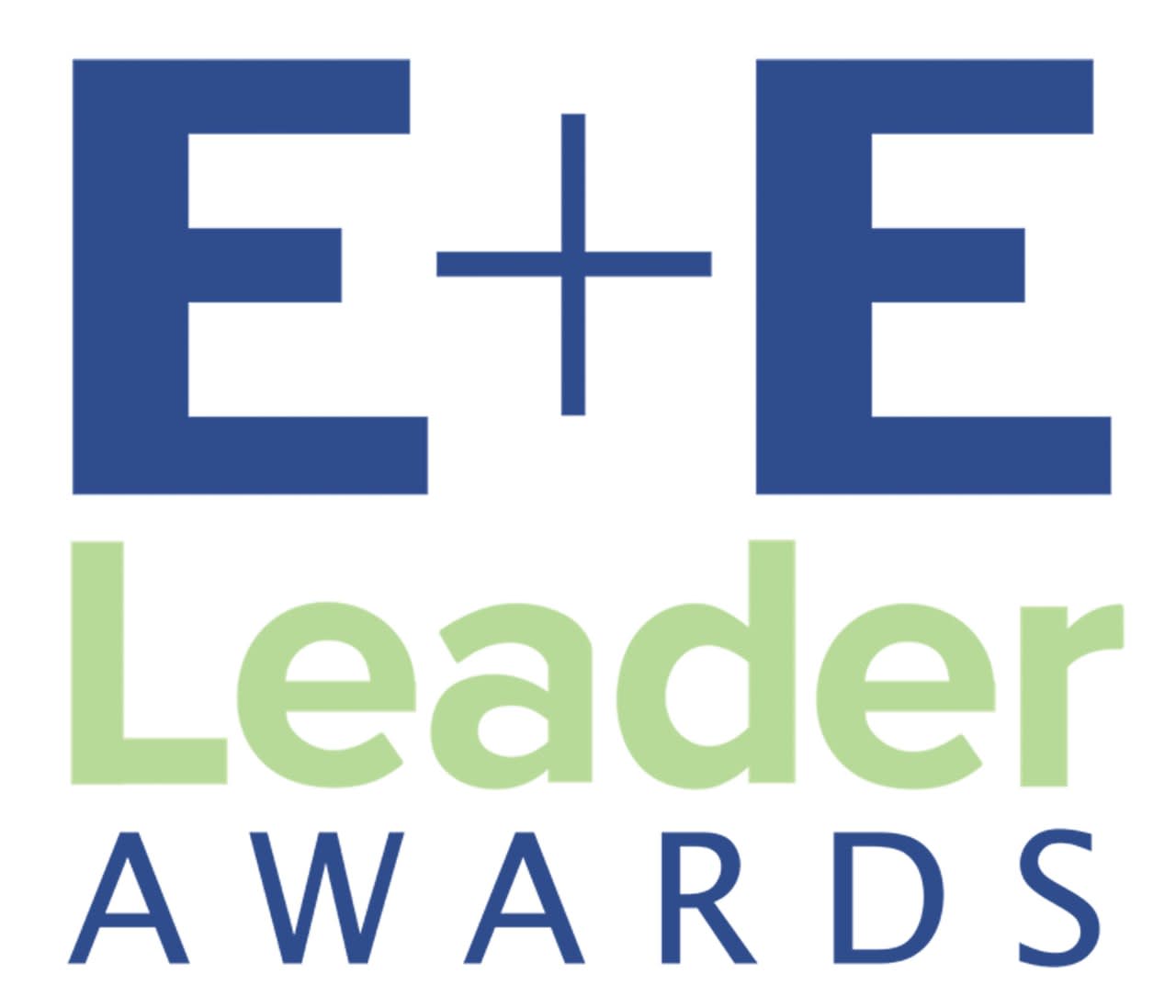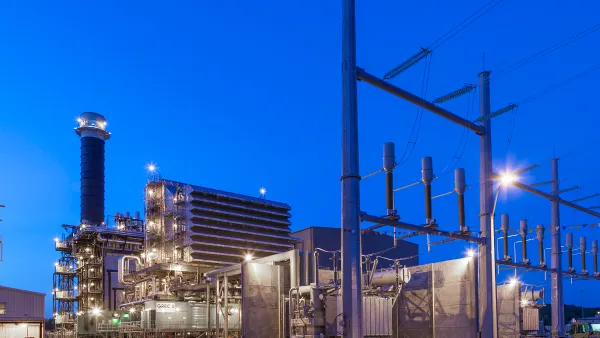Dive Brief:
- Large transmission owners and operators are best positioned to benefit from transmission investments that will be necessary to add renewable resources and achieve U.S. decarbonization goals, Moody’s Investors Service said in a Monday research note.
- Those companies include utility holding companies like American Electric Power, Duke Energy and Exelon, as well as transmission operators ITC Holdings and American Transmission Co, the credit ratings firm said. Smaller companies may struggle to “bid competitively for projects on a level playing field.”
- Transmission spending by investor-owned utilities rose to $27 billion in 2022, from $20 billion in 2014, and Moody’s said investments are expected to “remain elevated” for the next two years.
Dive Insight:
The Biden administration wants to reduce economy-wide greenhouse gas emissions 50-52% below 2005 levels by 2030, and achieve a carbon-neutral economy by 2050. But the nation’s power system is aging, and achieving the decarbonization goals will require significant investment in the grid, Moody’s said.
“A rapid expansion in renewable generation capacity and the need to upgrade aging infrastructure for resiliency and security reasons are creating an urgent need for more transmission investment,” the firm said. “Transmission
investments that improve the electric grid’s resiliency will be increasingly important to prevent network outages in the face of more frequent and severe weather events.”
Meeting a 100% carbon-free energy target by 2035 means U.S. overall generation capacity “needs to roughly triple in size from 2020 levels,” including 2,000 GW of wind and solar,” Moody’s said.
Transmission investment is expected to remain at a “relatively consistent level of roughly $27 billion in spending annually for the next two years,” Moody’s noted, citing estimates from the Edison Electric Institute, which represents IOUs.
Companies poised to benefit from the expansion are those who are already major players in the transmission space, according to the research note.
“Thanks to their expertise, technological know-how and extensive experience in developing projects, large transmission owners are best able to capitalize on transmission investment opportunities,” Moody’s said.
The rate-setting process at the Federal Energy Regulatory Commission remains “supportive of transmission owner credit quality,” Moody’s noted. “FERC authorized returns today, although lower than levels allowed a decade ago, remain attractive. We expect total returns, including incentive adders, to remain higher on average
than state authorized returns on equity.”
It is not entirely smooth sailing for transmission development, however. The siting and permitting process “remains a bottleneck,” Moody’s said. “State and local governments generally have authority ... but the process can be slow and, at times, create regulatory tension between states and the federal government, which impedes transmission development.”
The federal government is working to ease siting constraints. In August, the U.S. Department of Energy announced it is offering up to $300 million for states, tribes and local governments to bolster transmission siting and permitting processes while supporting economic development. The agency plans to hold a webinar on Thursday to provide more information about the funding opportunity.















